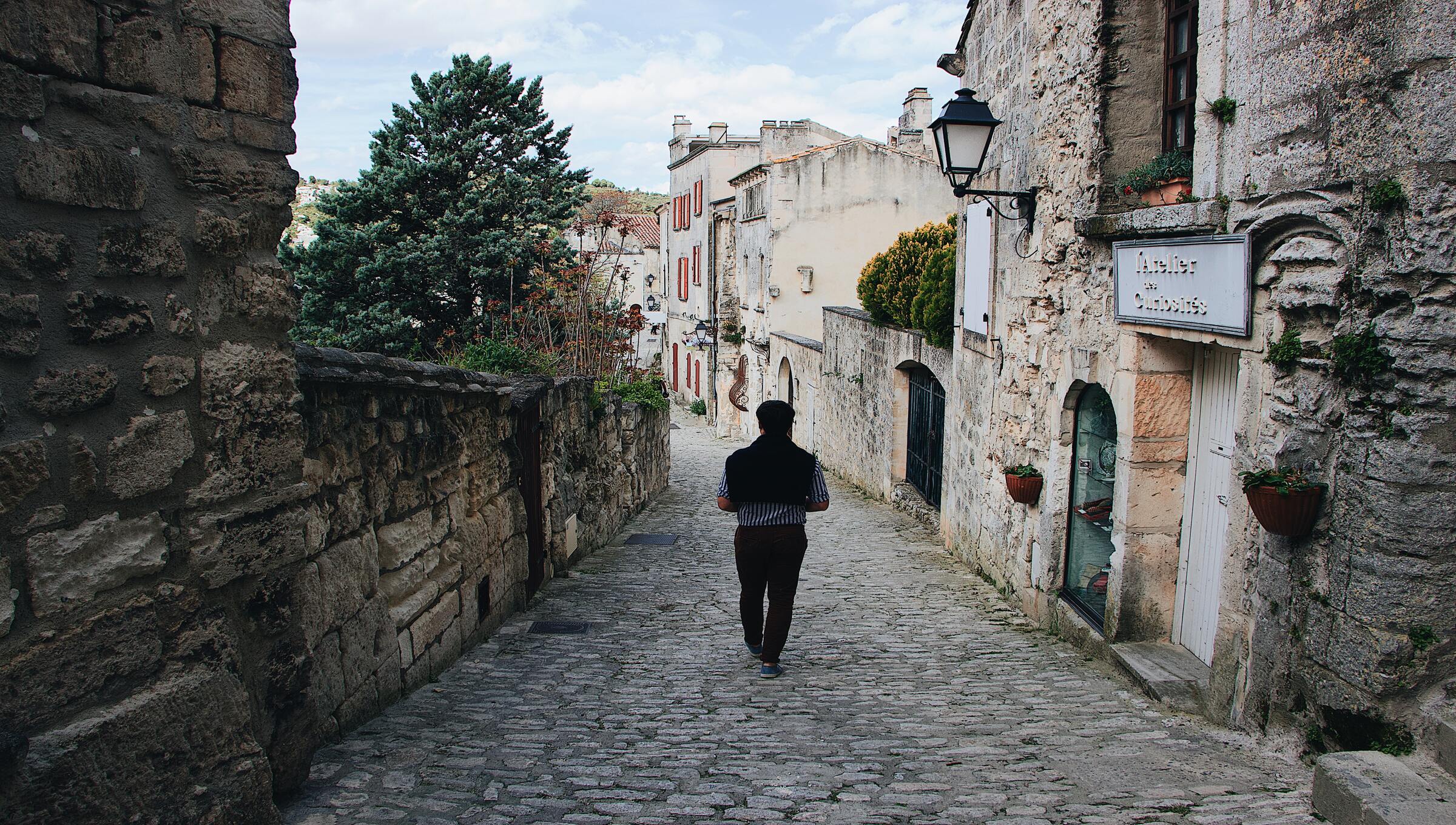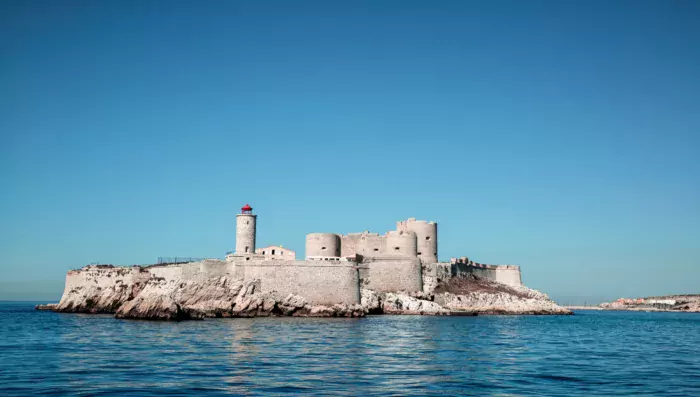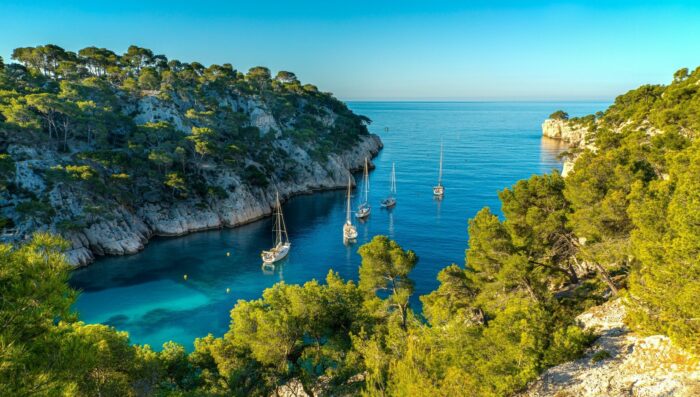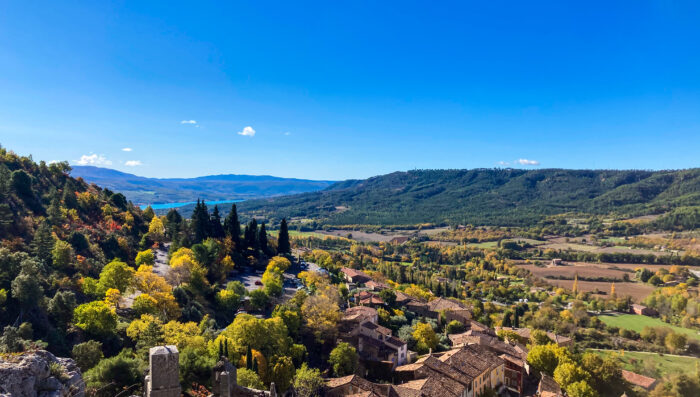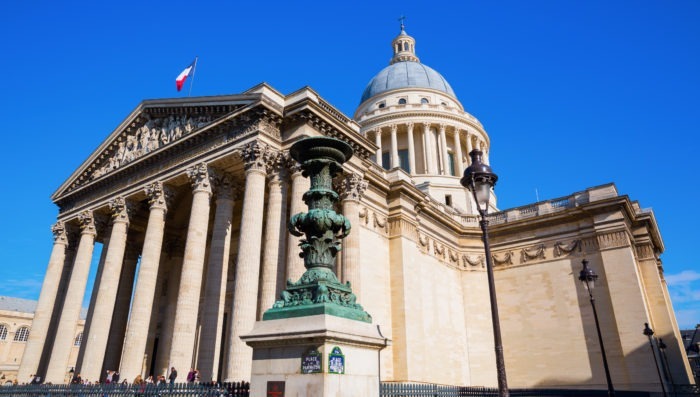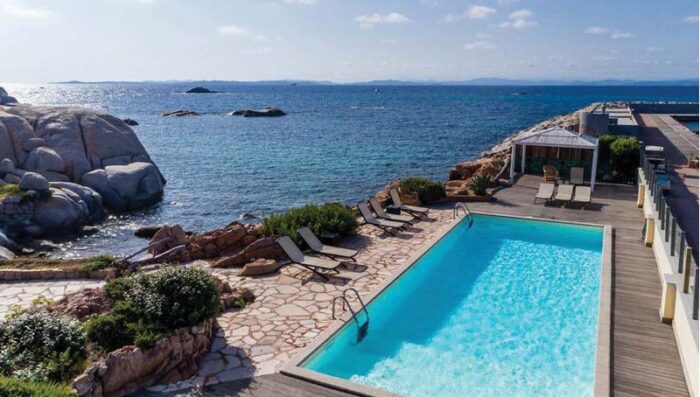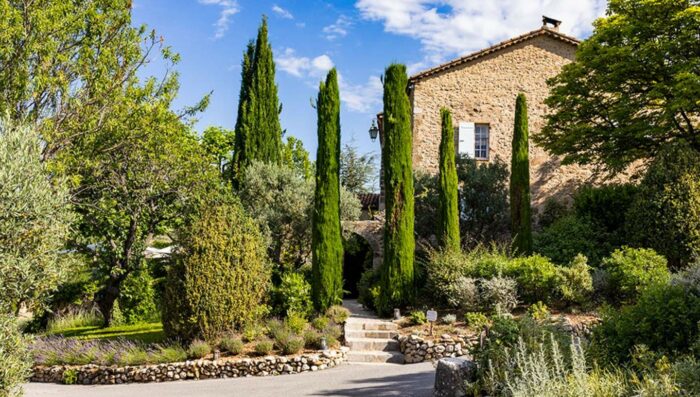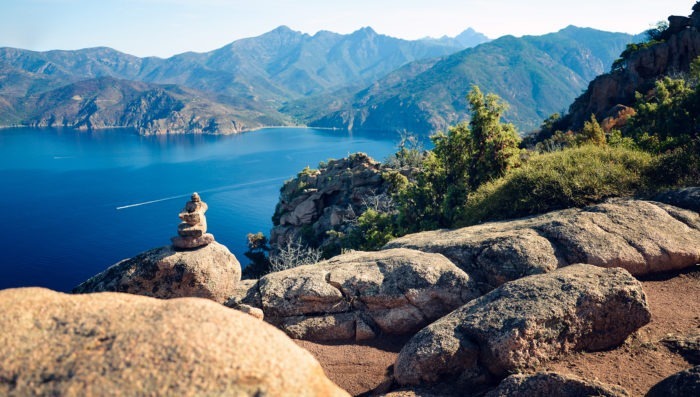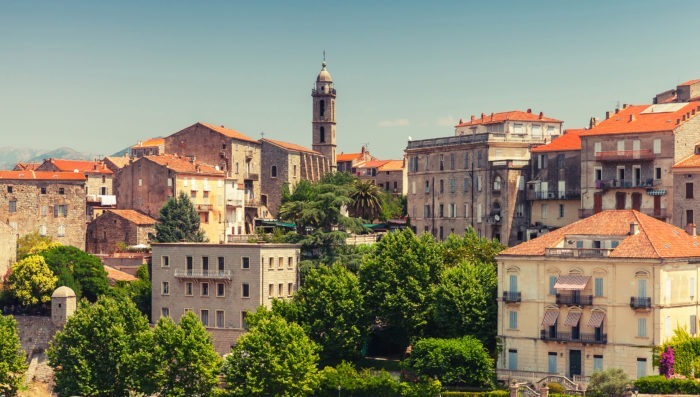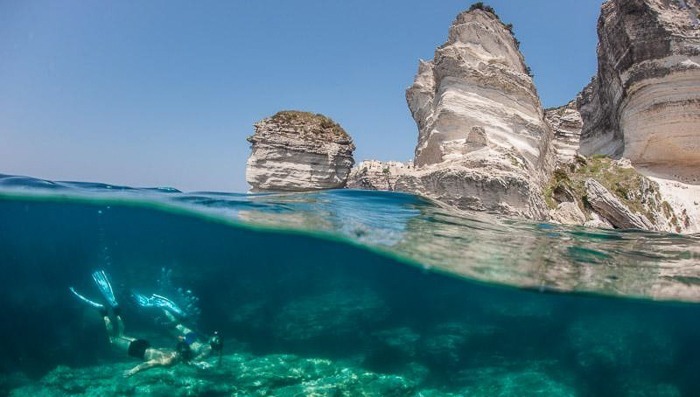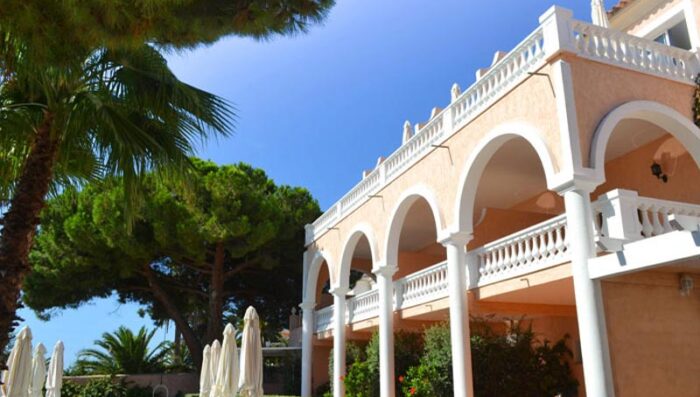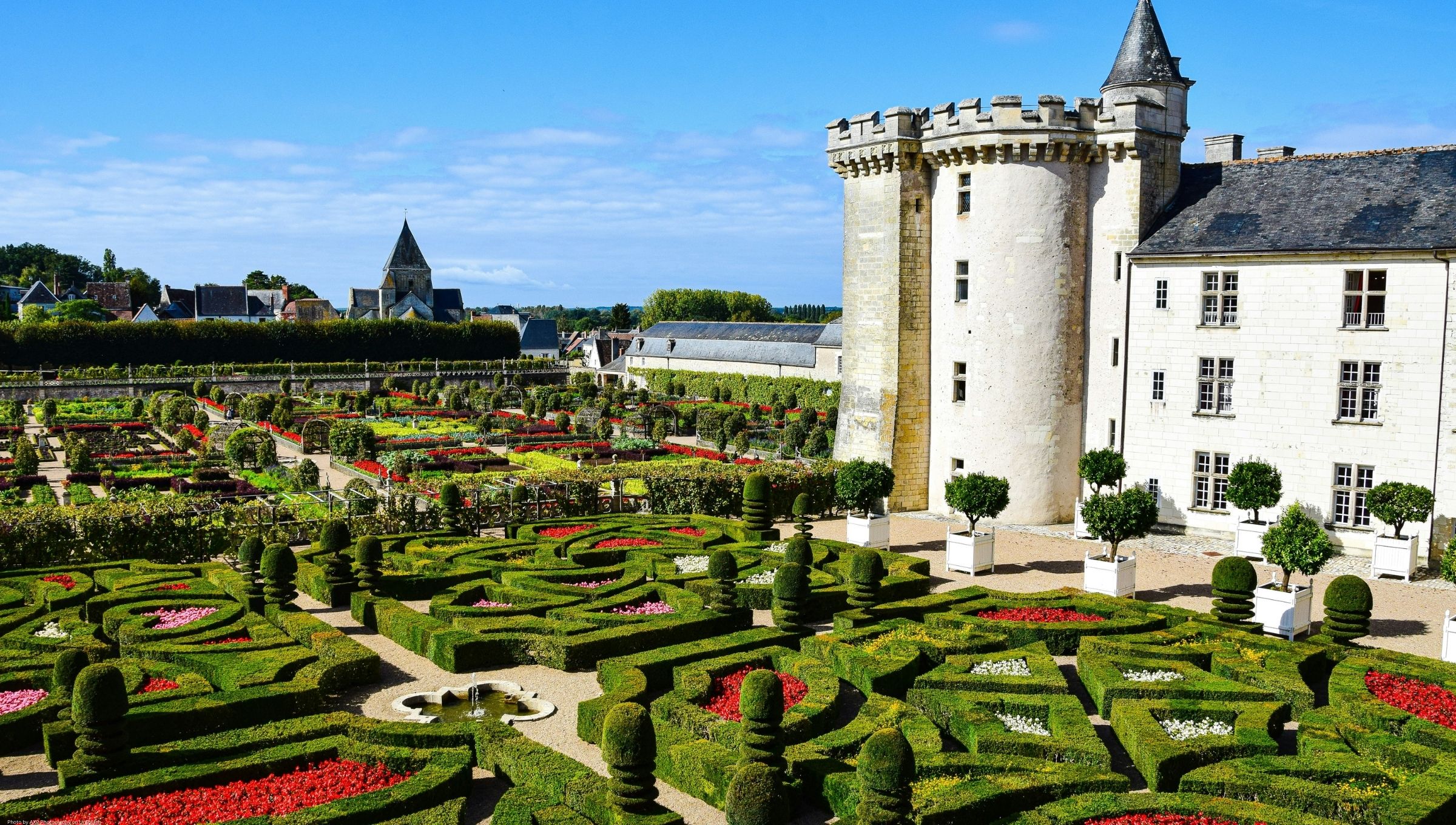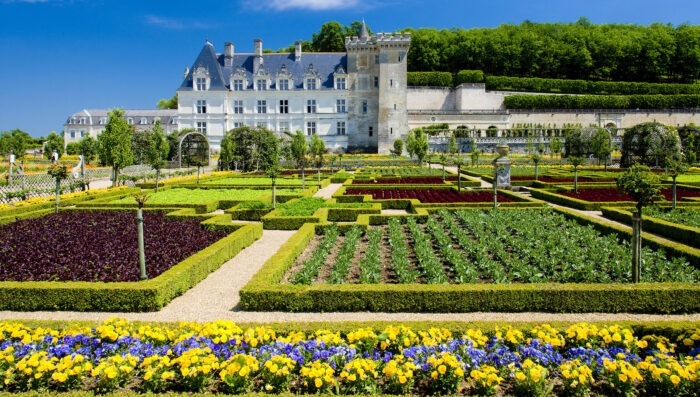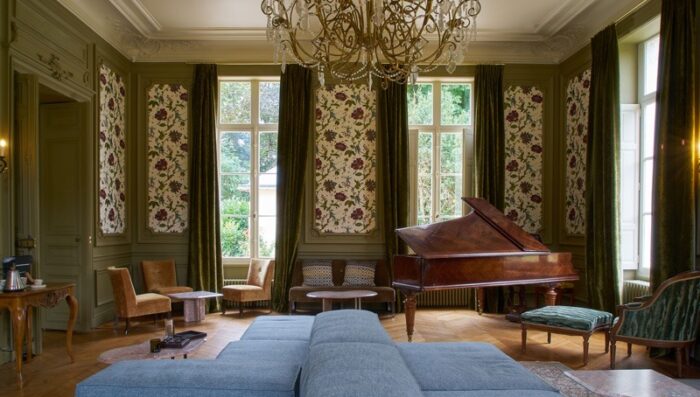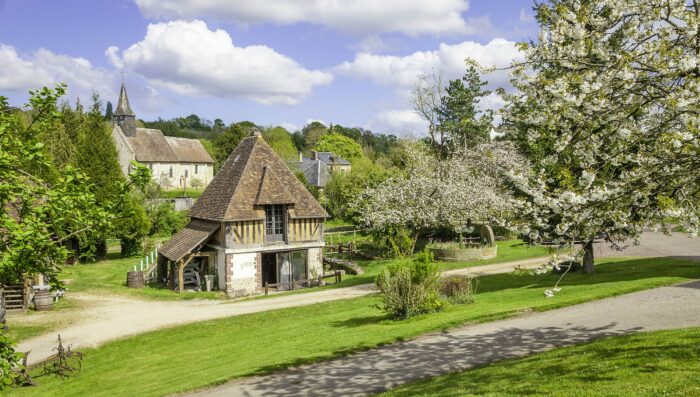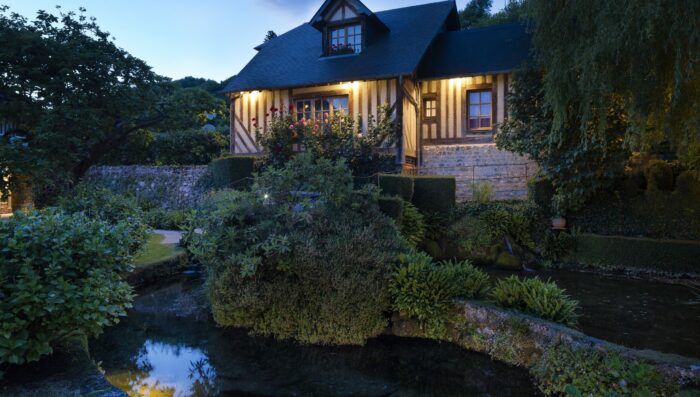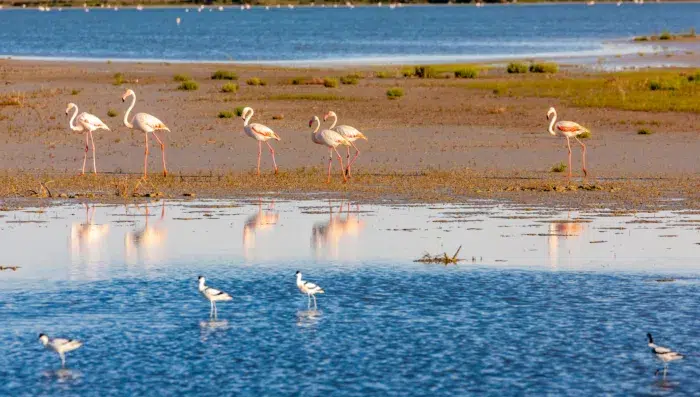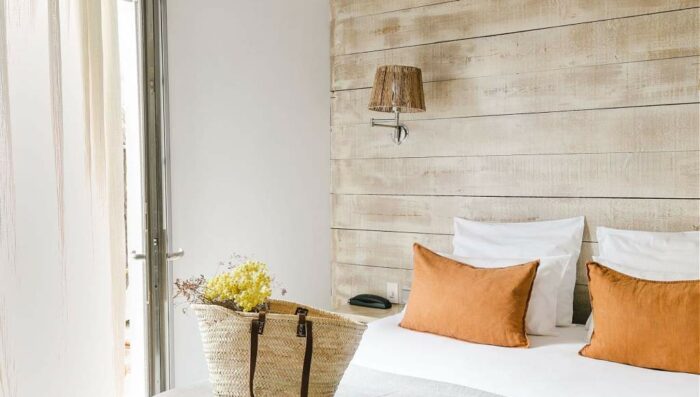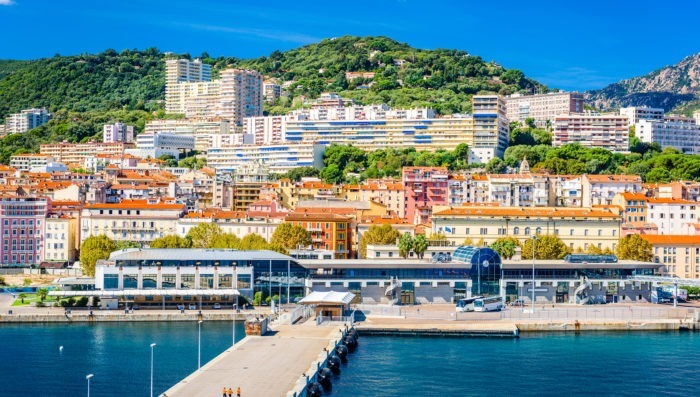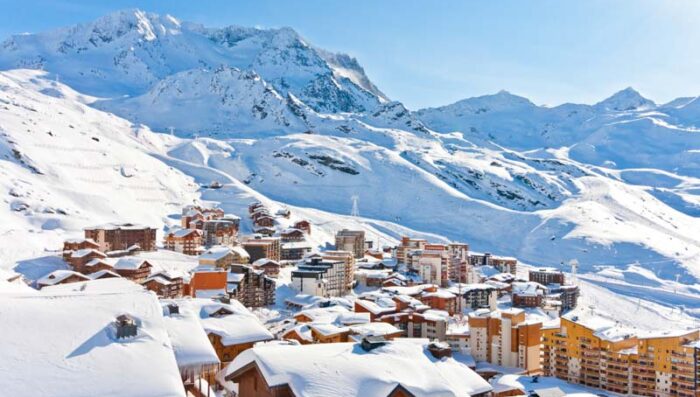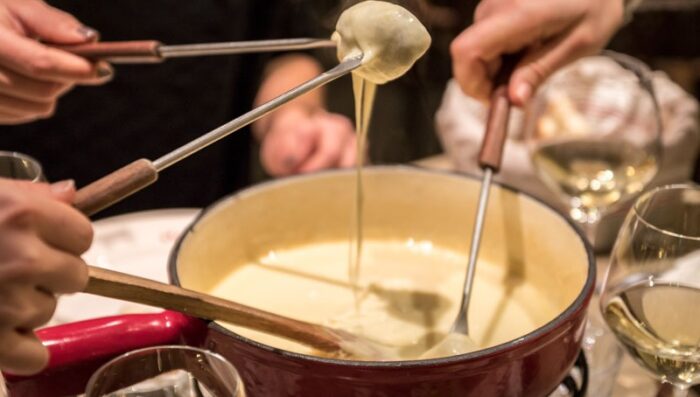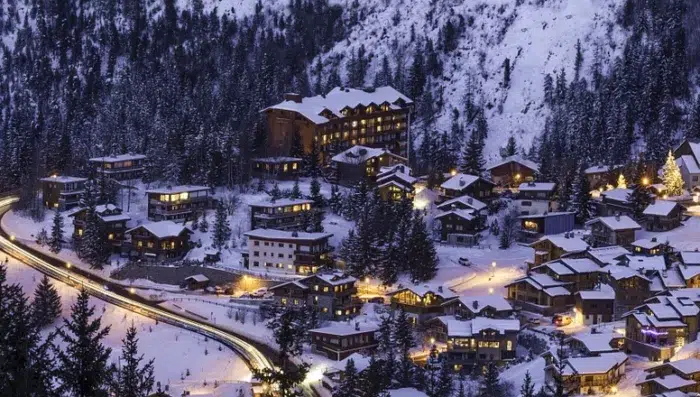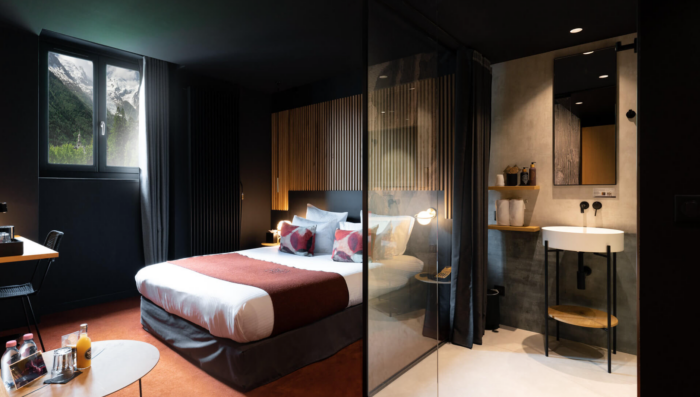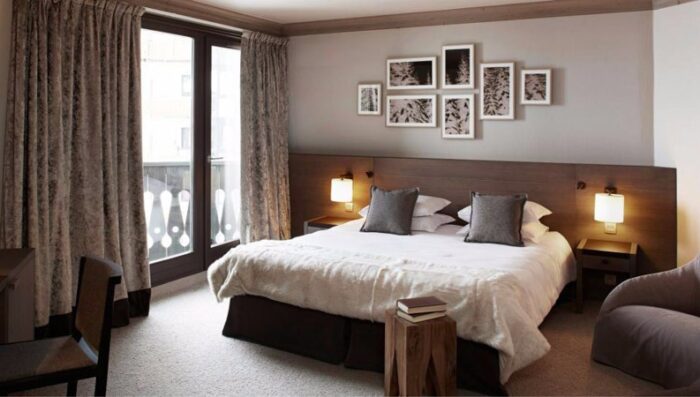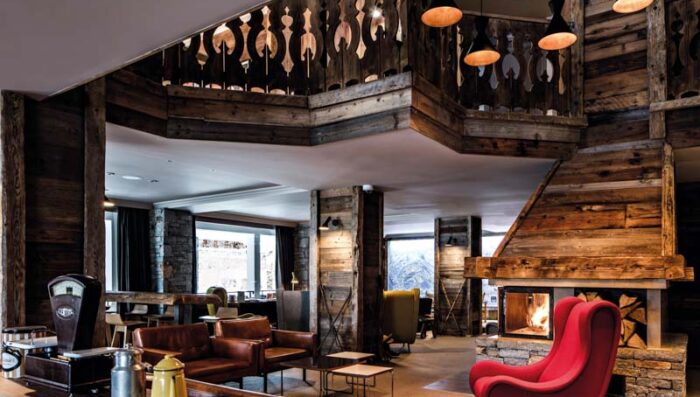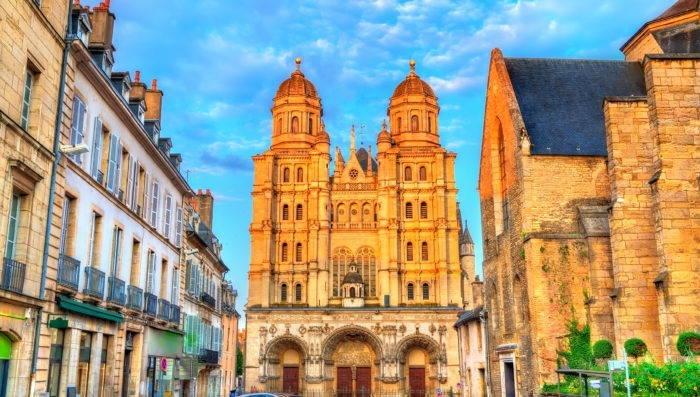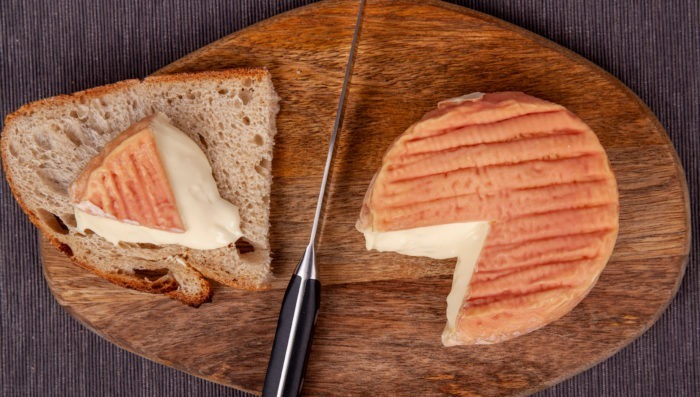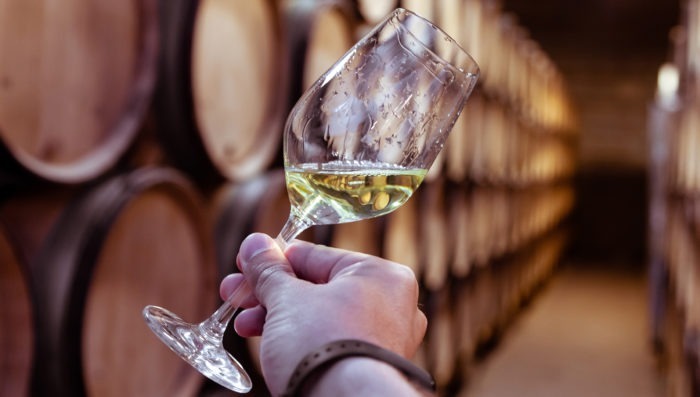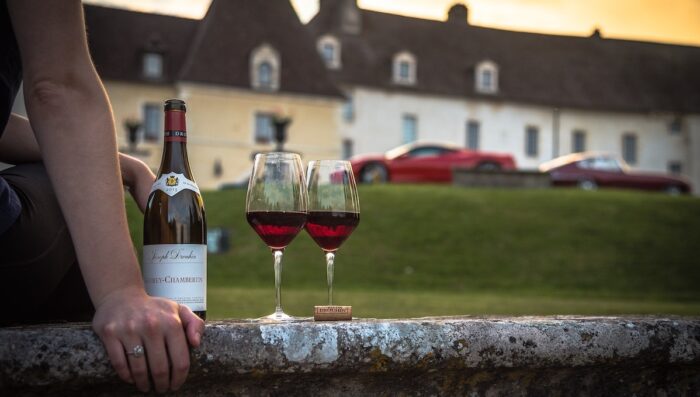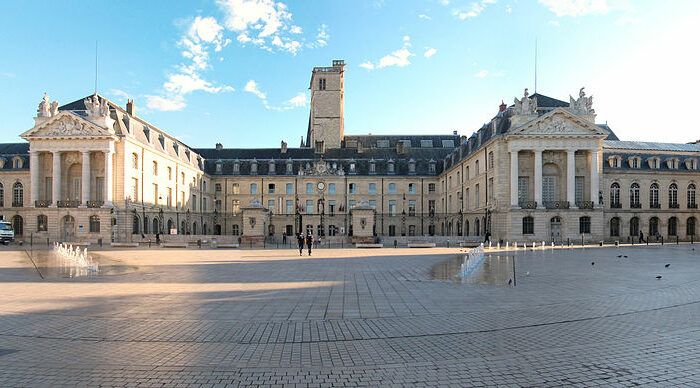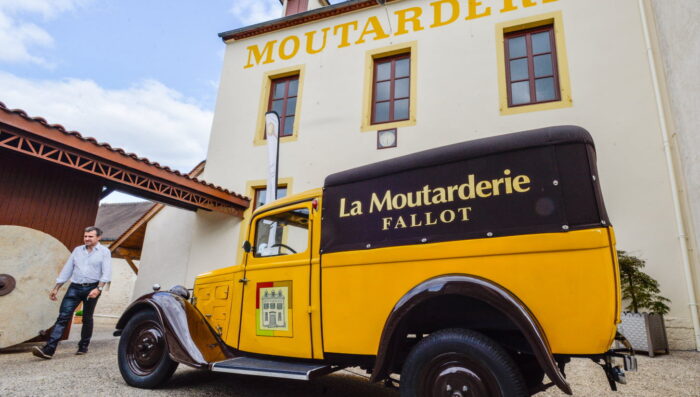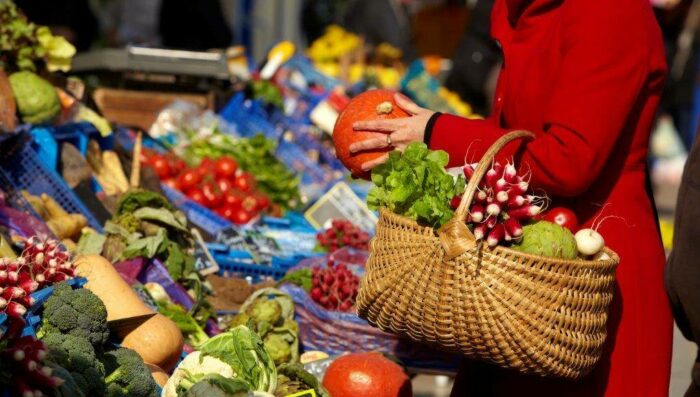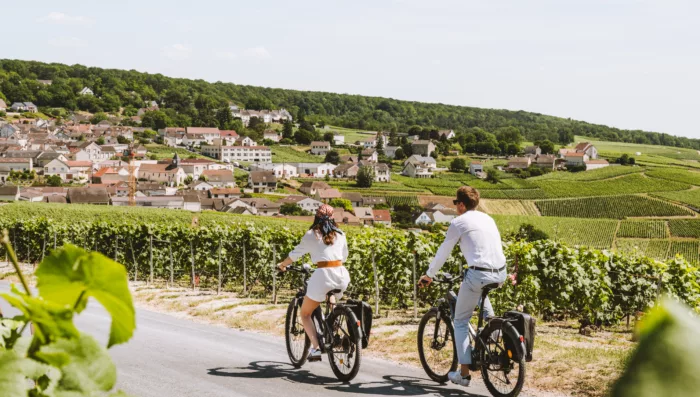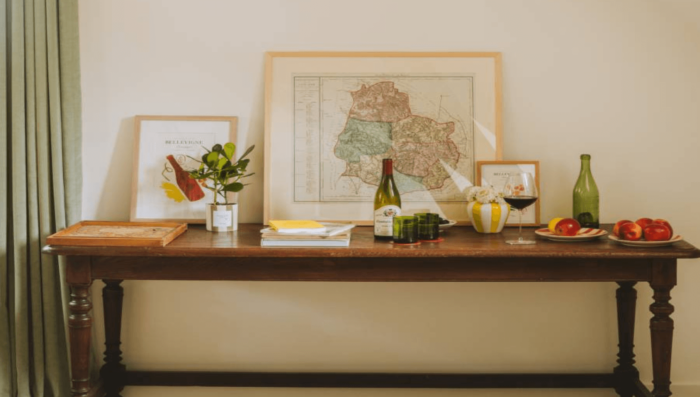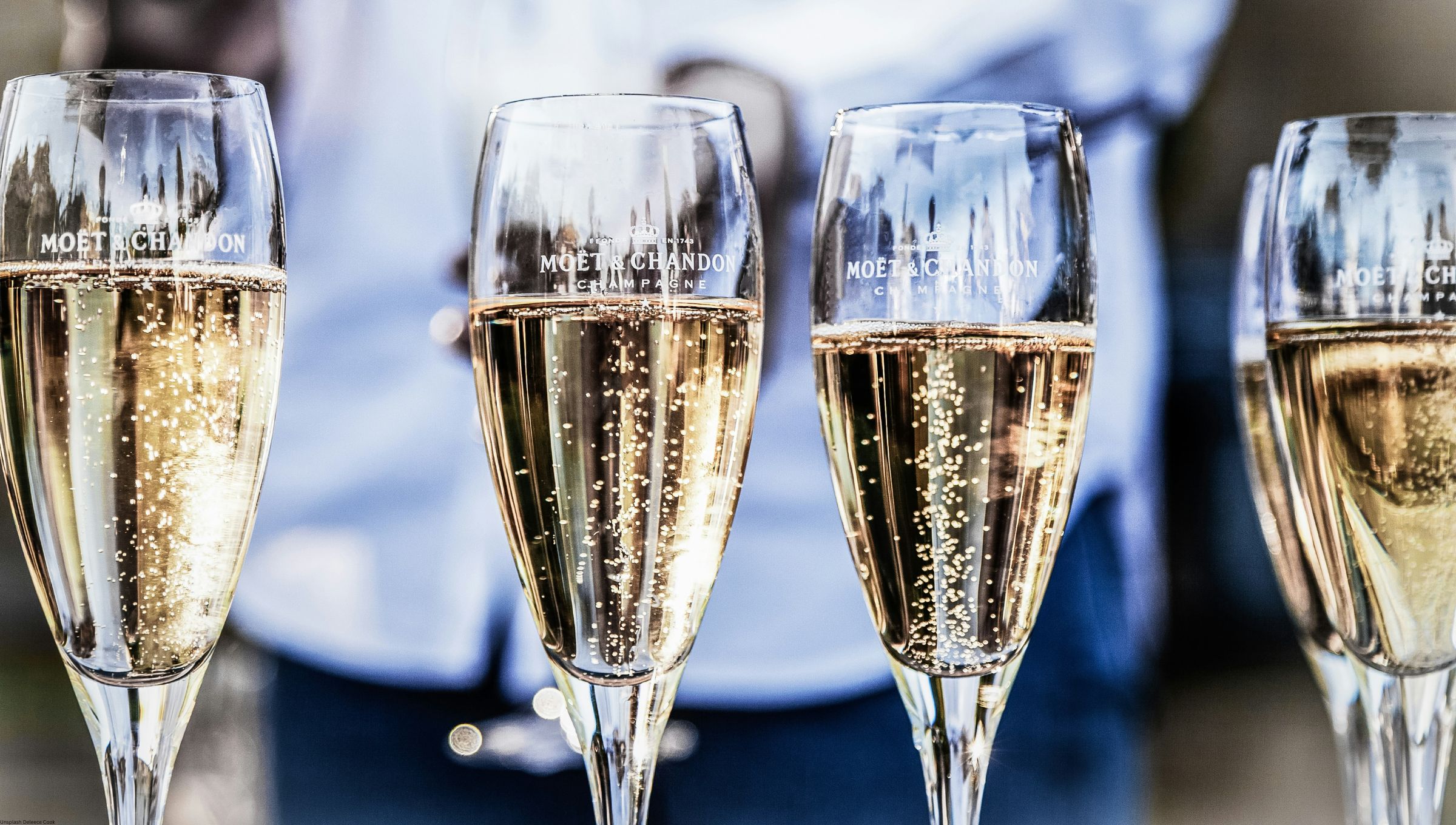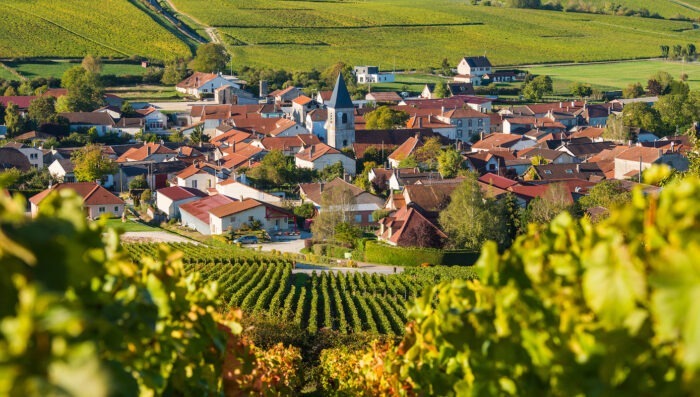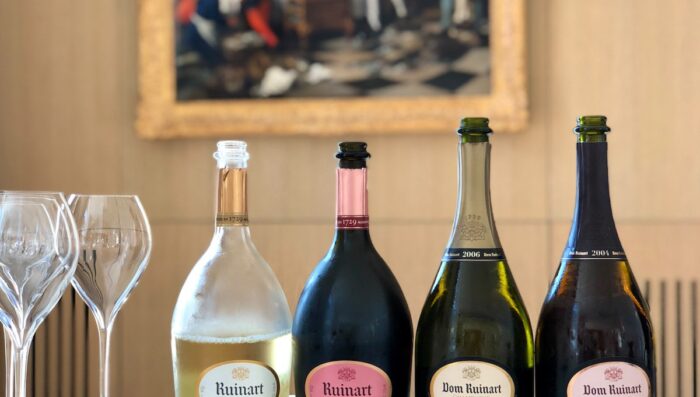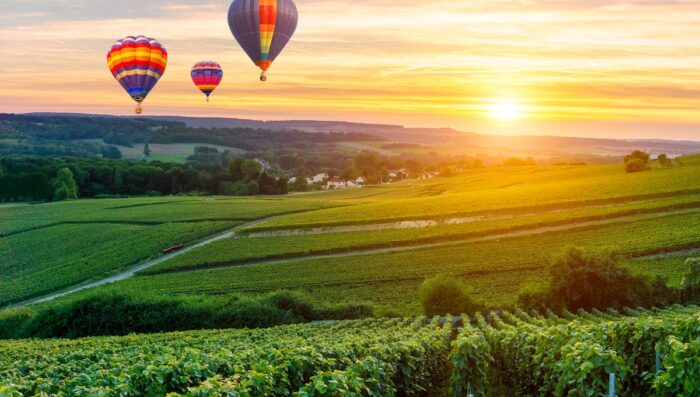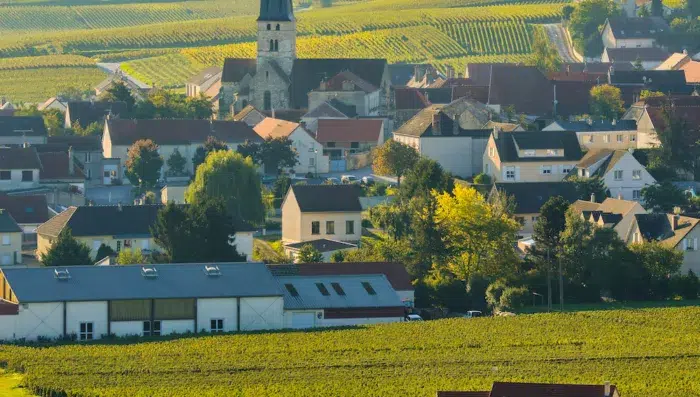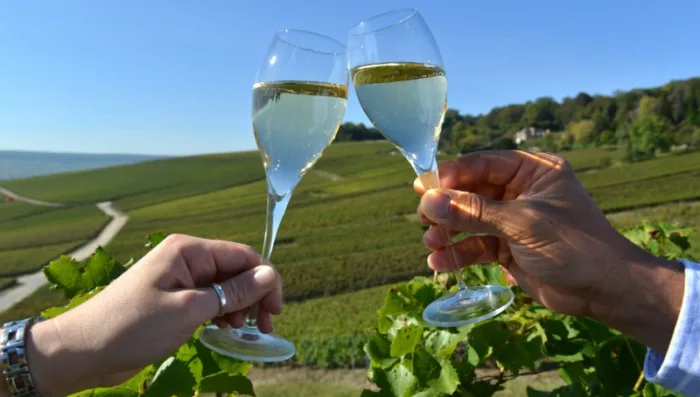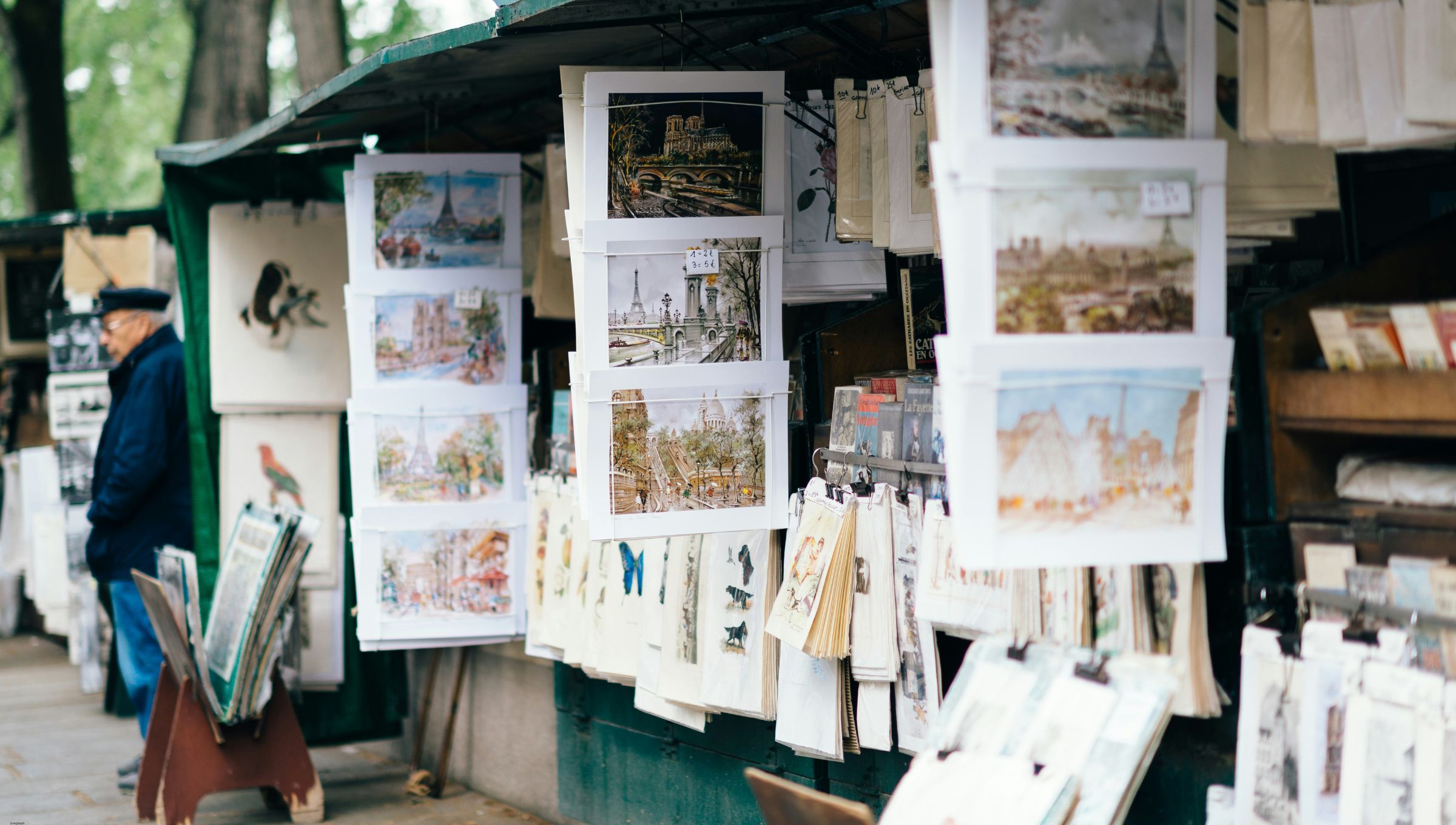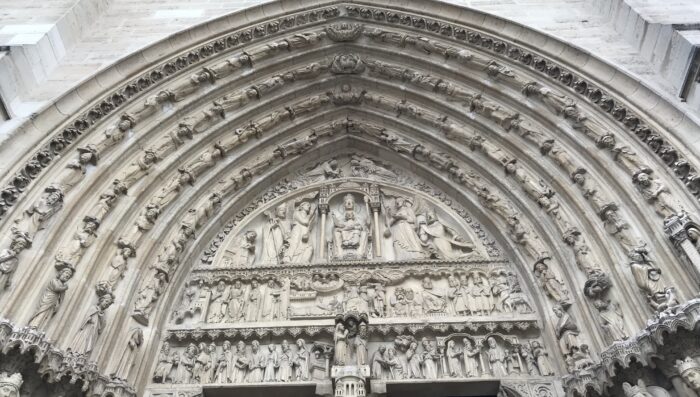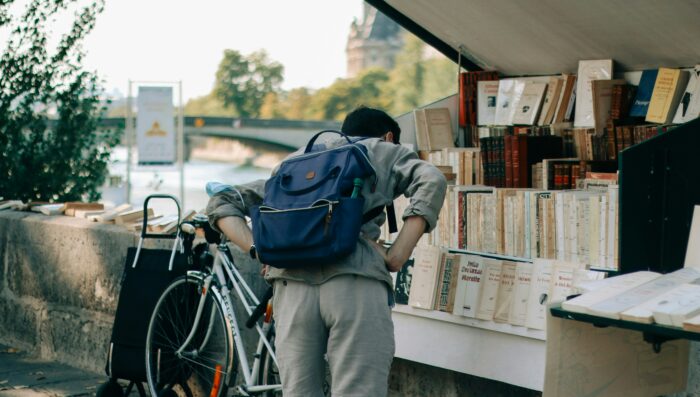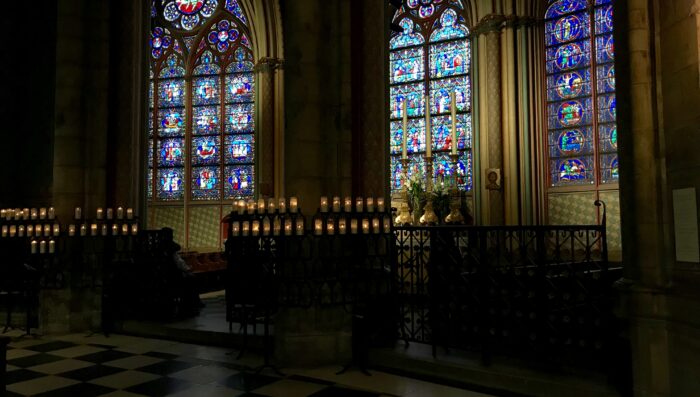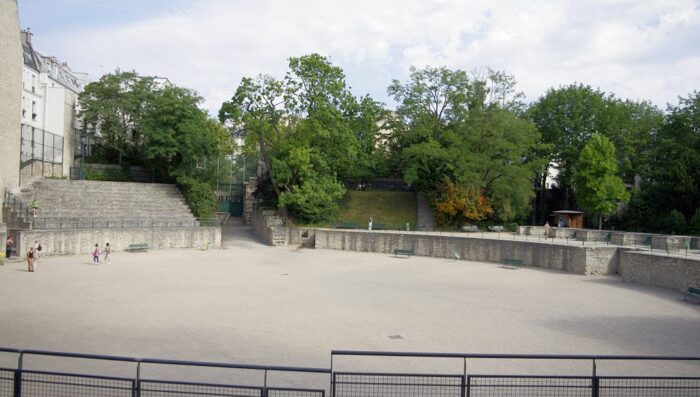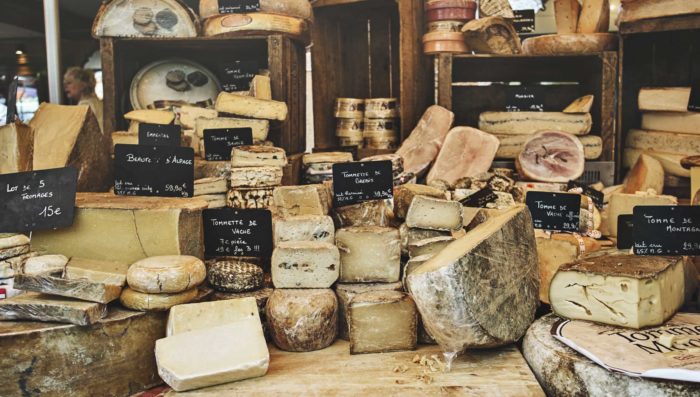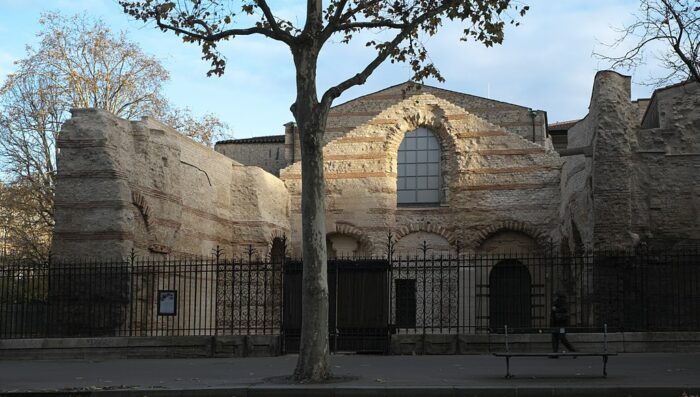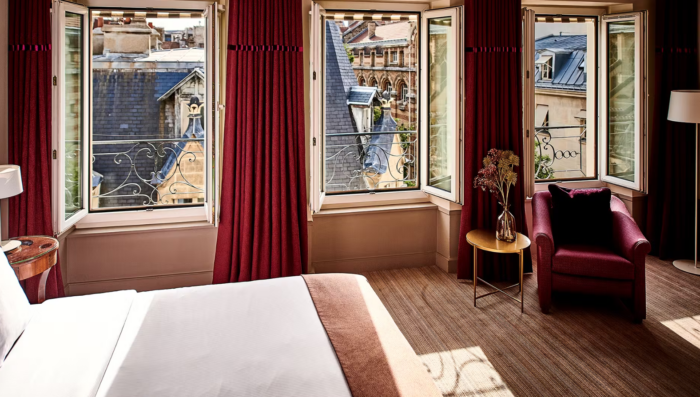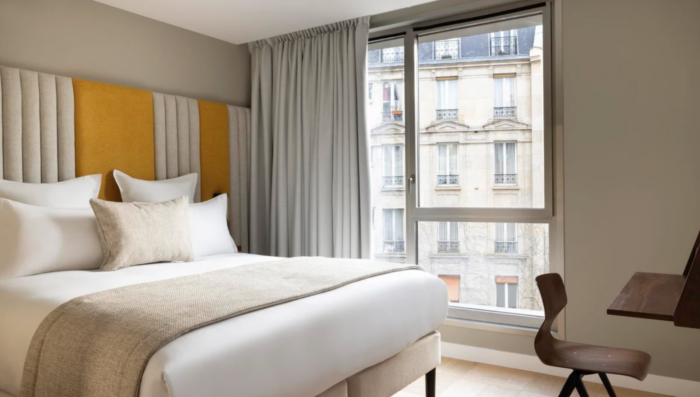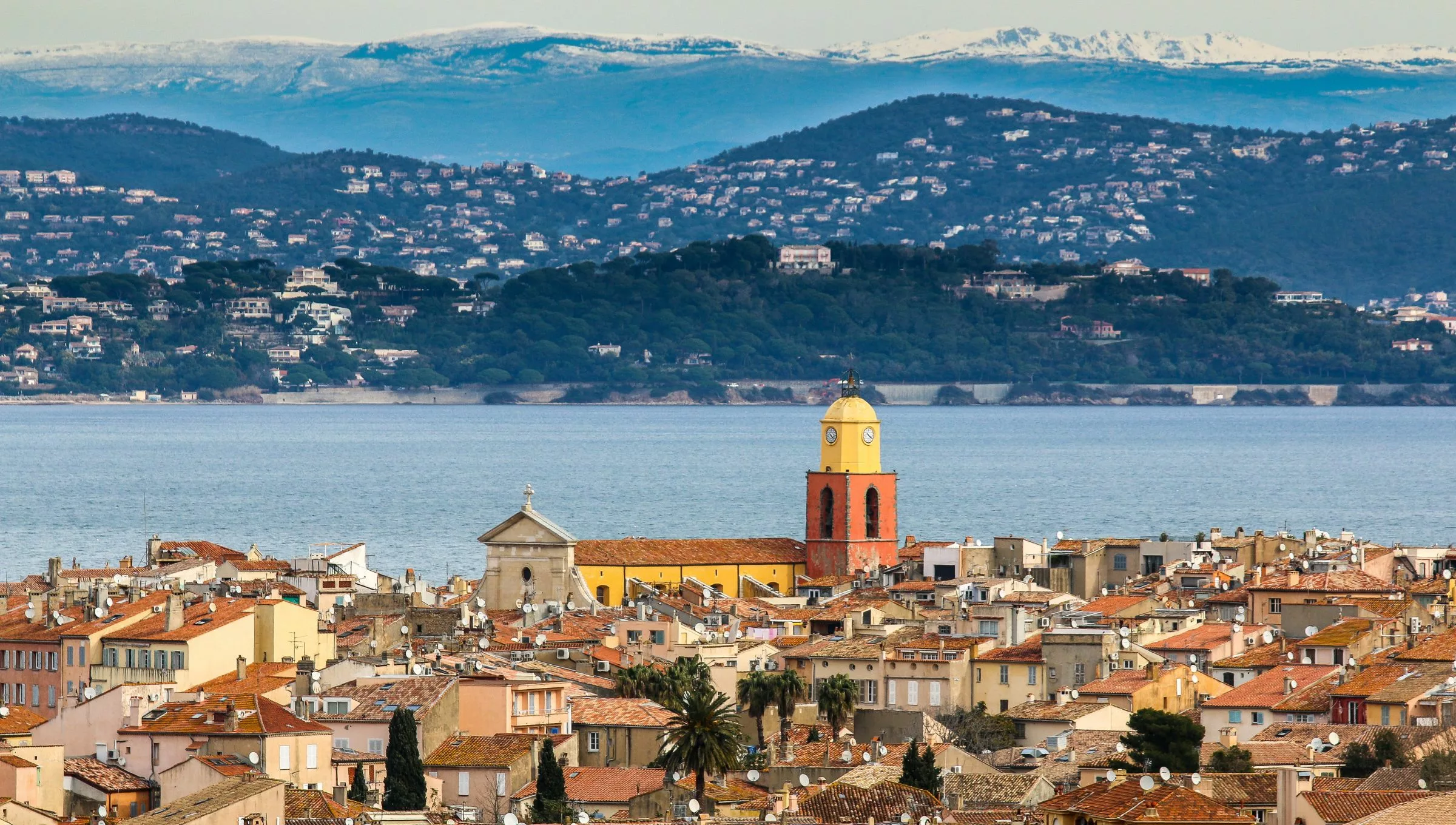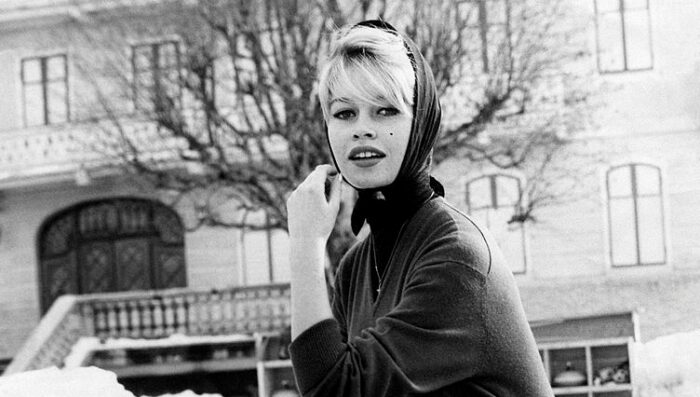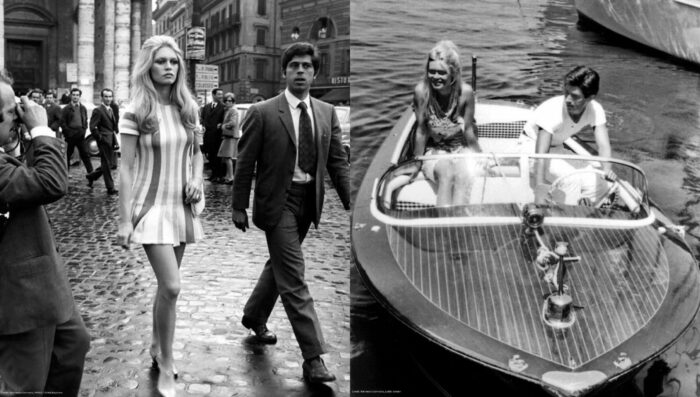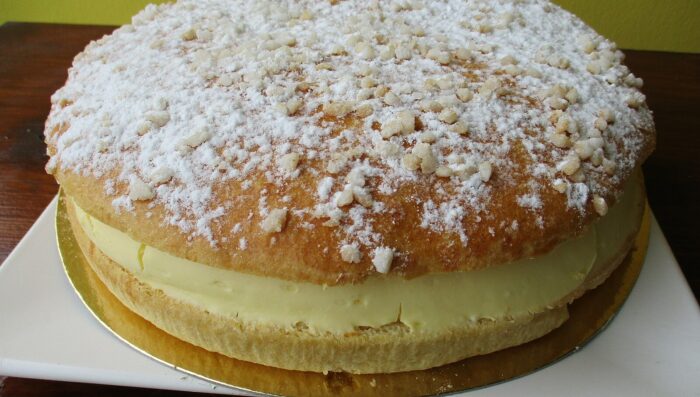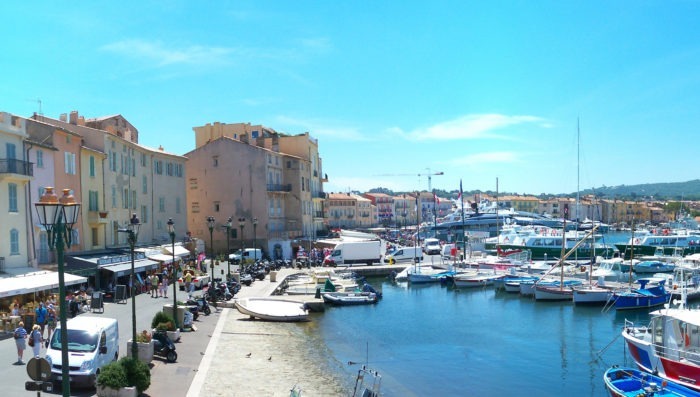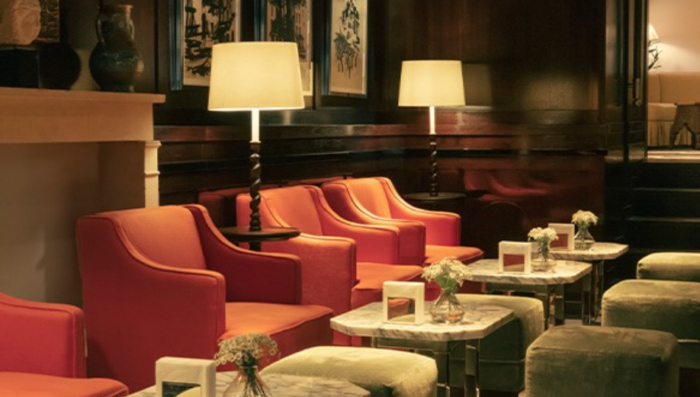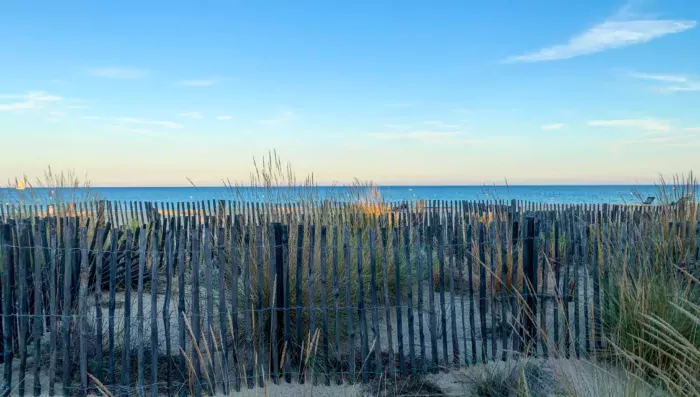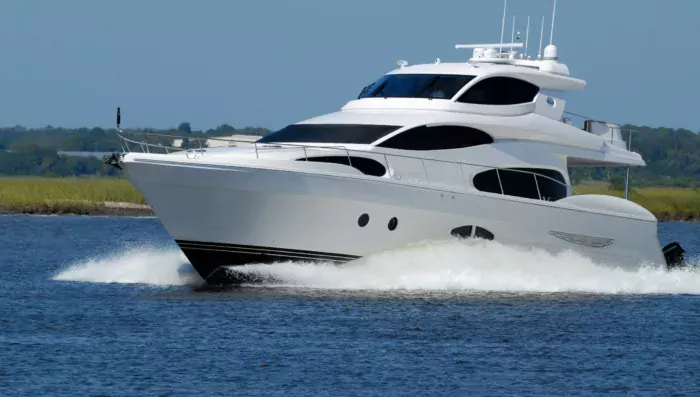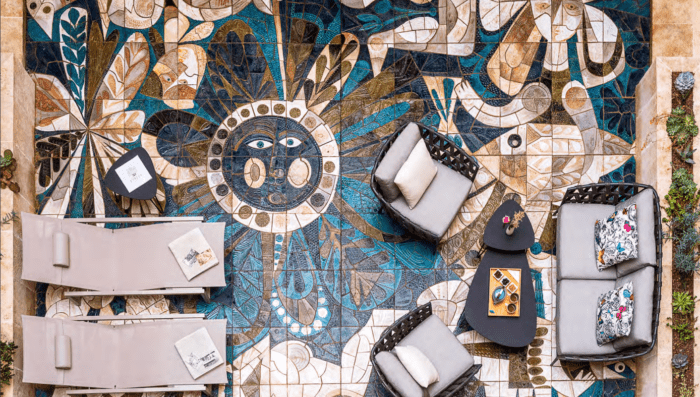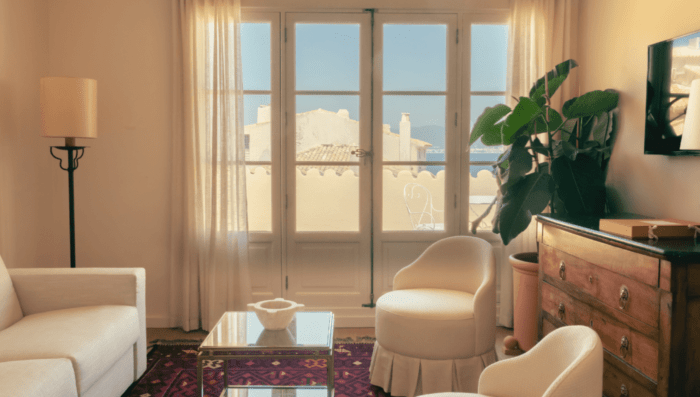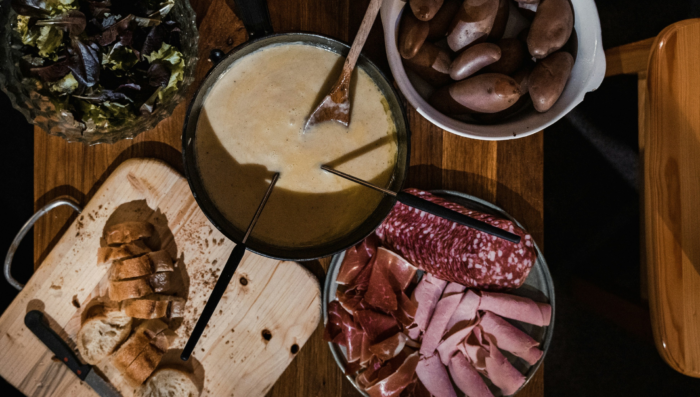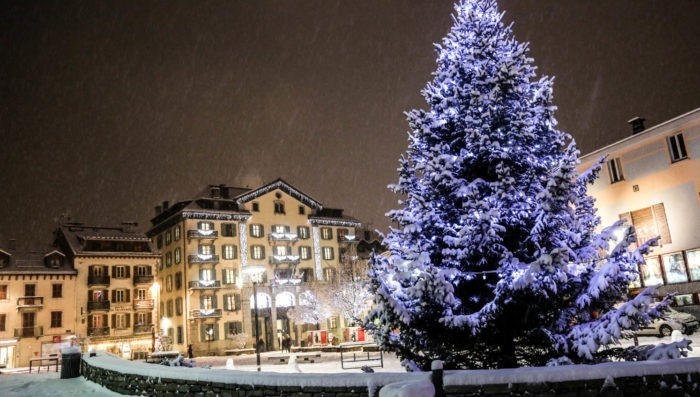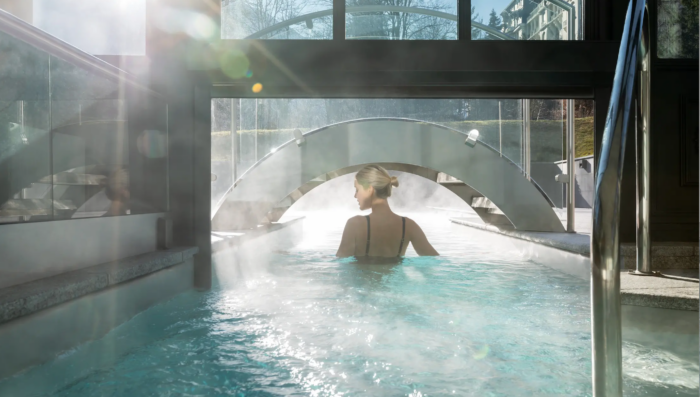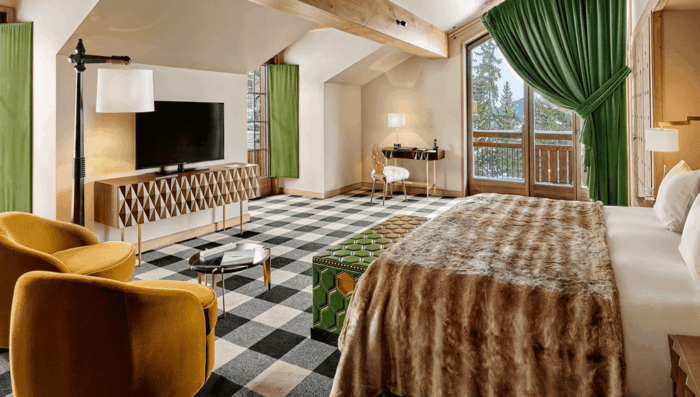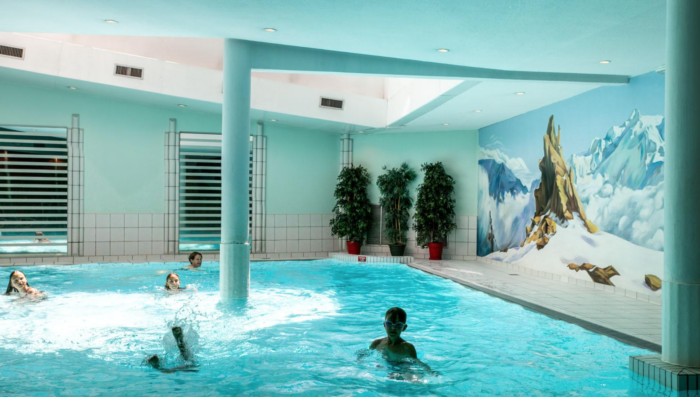For France, 2024 was full of fanfare. From hosting the Olympic Games across the country and the reopening of Notre Dame, last year proved to be eventful. This year may be a bit calmer than last year, but in 2025, France has a wide variety of events and activities that are sure to please. Perhaps you already have the classics on your France itinerary such as visiting the Eiffel Tower or trying French cheese. But don’t overlook the unique opportunities for your trip to France this year. From the best art exhibitions to a Loire Valley garden festival, we’re rounding up our favorite events set to take place this year. Here’s our 2025 France Bucket List by region.
2025 France Bucket List by Region
Provence

The city of Aix-en-Provence has named 2025 the year of Cézanne as it celebrates and holds events honoring one of its most famed residents. From June 28 to October, Musée Granet holds its Cézanne au Jas de Bouffan exhibition, which features dozens of Paul Cézanne’s pieces of art.
Return to Cézanne’s roots with a visit to his family home. The Jas de Bouffan mansion is currently under renovation and is set to open this summer. The Cézannes purchased this home in 1859 and stayed for decades, per Cézanne 2025. It was in between these four walls that Cézanne not only grew up but also found inspiration for and created his artwork, according to Cézanne 2025.
Not far from Aix-en-Provence lies Château La Coste, a winery and sculpture park. At this gorgeous domain, you can learn about how they make their famed rosé wine and wander their art installations in their Provençal vineyards. In addition to their permanent collections, you can admire some of their temporary exhibitions in 2025. In March, you can see two expositions of British artists Jack Penny and Jess Allen. From April 12 to June 9, you can wander its Par Quatre Chemins expositon, featuring 35 different artists work from art center POUSH.
You might also be interested in Paris to Provence: The Perfect Week Itinerary.
Paris
Revisit Notre-Dame de Paris Cathedral
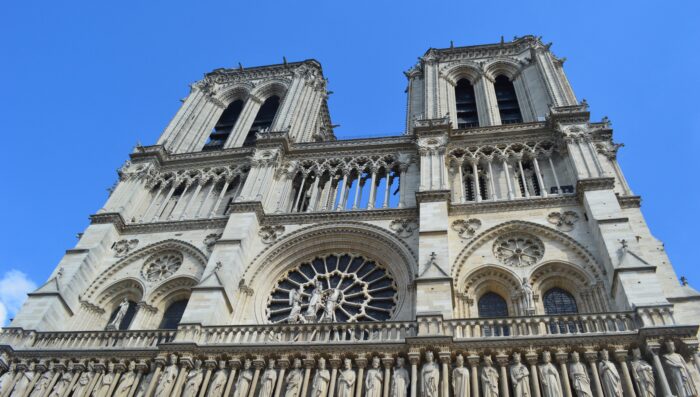
After fire ravaged this beloved cathedral in Paris, Notre Dame remained closed for years. And in December 2024, it reopened to the public. 2025 is the perfect year to add Notre Dame to your France bucket list. When you visit this gothic cathedral, be sure to wander the historic Latin Quarter just a stone’s throw away.
Visit the renovated Grand Palais
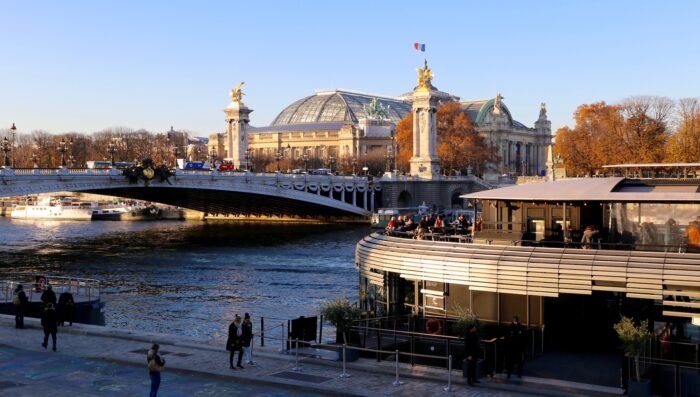
After being under construction since 2021, the Grand Palais is set to finish renovations in June 2025. Although visitors have been able to see different parts of this cultural center, it will come to completion — and not without celebration. From June to August, the Grand Palais will launch its “Grand Palais d’été” season featuring different concerts and children’s workshops, according to its website.
If you simply can’t wait till the grand re-opening in June, no need to fret. Until April 2, you can visit the “Du Cœur à la Main : Dolce&Gabbana.” This exhibition revisits this famed Italian luxury brand and its inspirations from Italian history, architecture, ballet and cinema, according to the museum’s website.
Wander the Couture Exposition at the Louvre
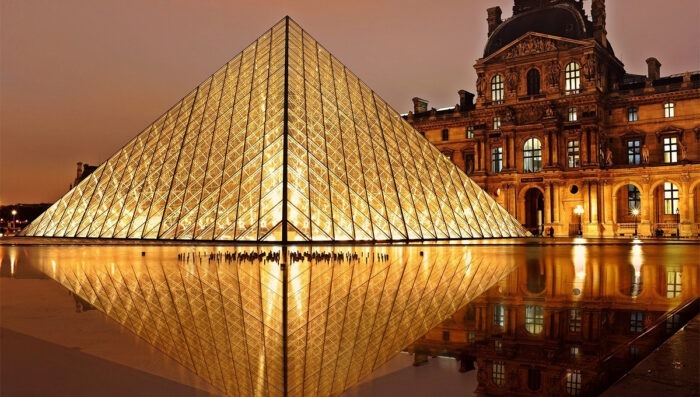
Perhaps you’ve already seen the Mona Lisa and the Venus di Milo; in 2025, wander even farther in the Louvre. From January 24 to July 21, this world-renowned museum is showcasing its exhibition Louvre Couture: Objets d’Art, Objets de Mode. From Dior to Chanel, Louboutin to Givenchy, these 65 designs are spread across more than 95,000 square feet and different wings, according to the Louvre. Explore the trends and changes in design from the Middle Ages to the Baroque period.
You might also be interested in our article on the many lives of the Louvre over the centuries.
After-Hours Private Guided Visit of the Louvre
Not into crowds? At French Side Travel, we get it. With an after-hours visit, you’ll explore the treasures of the Louvre with precious elbow room. On this guided visit, you’ll have privileged access to the Louvre’s permanent collections. Contact us to secure your after-hours visit of the Louvre.
Loire Valley
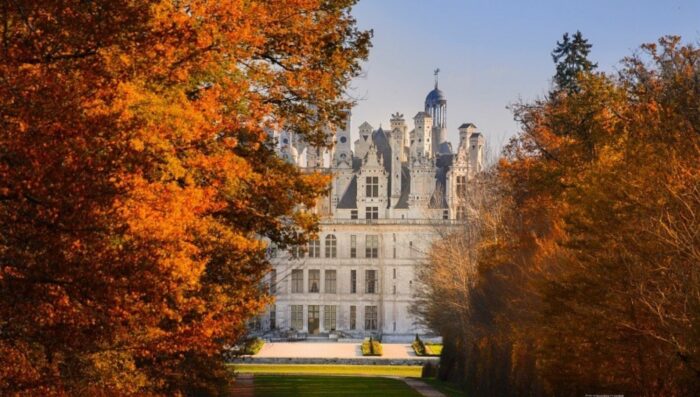
From April 19 to November 2, you can attend the 2025 edition of the International Garden Festival at Chaumont-sur-Loire. This year’s fairytale theme is sure to enchant you with the various garden and landscape designs in the heart of the Loire Valley.
Music lovers will want to make their calendars for the 14th Festival of Chambord. During these 12 evenings at the Château de Chambord, nearly 300 artists, including four orchestras, will perform in the château gardens.
You might also be interested in the best Loire Valley tours from Paris.
Hot-Air Balloon Ride over the Loire Valley
Longing for an epic experience in the Loire Valley? Embark on one of the most thrilling adventures with a hot-air balloon ride. Enjoy a three-hour ride over the Loire Valley as you admire the Château de Chenonceau and the Château d’Amboise from the clouds. Sip on a glass of wine and taste regional products as you take in the majestic landscapes.
Normandy
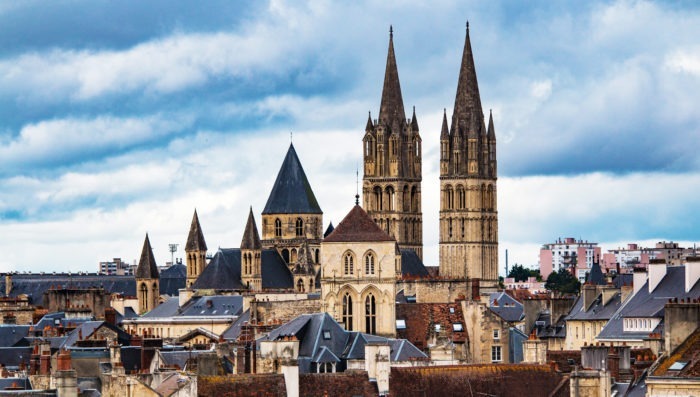
Many are delighted to reach big milestones such as a 20th anniversary or 50th birthday. But unfortunately, Caen has you beat as it celebrates its 1000 years in 2025. It was in the year 1025 that this town in Normandy was first mentioned in historical registers, per Normandie Tourisme. To celebrate William the Conqueror’s hometown, Caen will host a variety of events in 2025. Inauguration of the Château of Caen, an aquatic and aerial show, a parade, and even more to add to your 2025 France bucket list.
Where to Stay in France
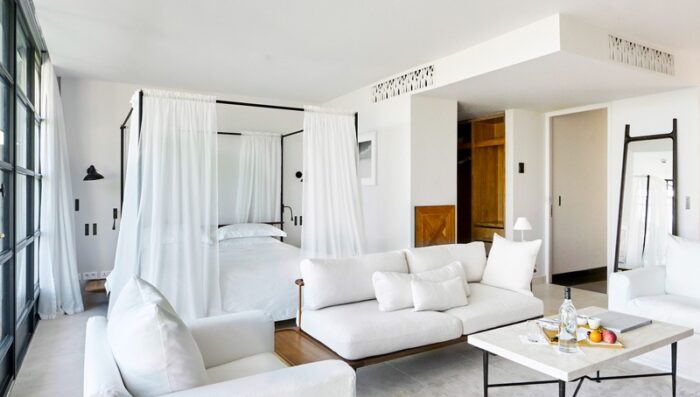
Villa La Coste in Le Puy-Sainte-Réparade
Tucked in the Château La Coste domain, his luxury hotel in Provence boasts five stars and 31 villa suites. Indulge in a spa treatement at Villa La Coste. Perhaps a rose, poppy seed and lavender body scrub? Be sure to reserve a meal at its restaurant featuring Michelin-starred chef Hélène Darroze.
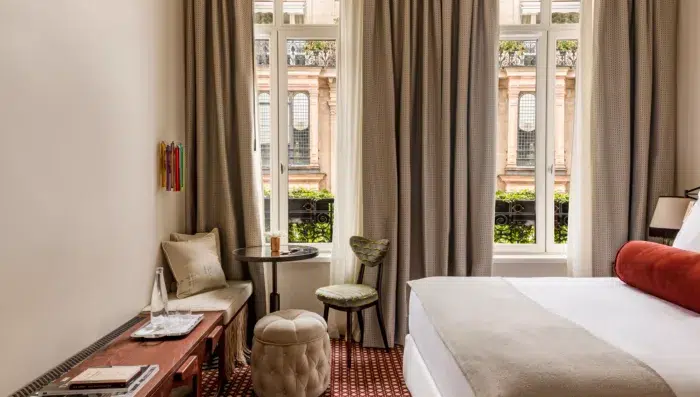
Château des Fleurs in Paris
Step into the Belle Époque with a stay at five-star hotel Château des Fleurs. Enjoy a stay in one of its 37 rooms and admire beautiful Parisian architecture from your bed. Nosh on the hotel’s Franco-Korean fusion menu. Treat yourself to a massage or a facial at its spa.
The Olympic Games may be over, but the year 2025 is full of exciting activities and events for your France bucket list this year. Whether it’s attending Caen’s 1000th birthday party or wandering one of Paris’ newest art exhibitions, you’ll want to add these to your 2025 bucket list. Contact one of our travel designers today to start planning your trip. You might also like: A Historical and Cultural Escape to Paris or Art, Culture and History trip to Provence

